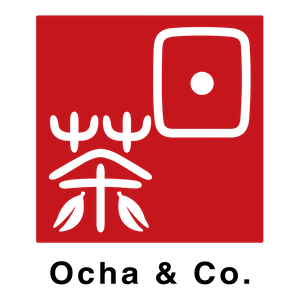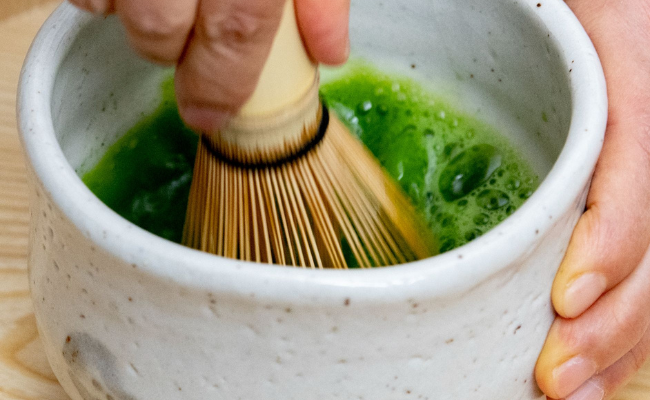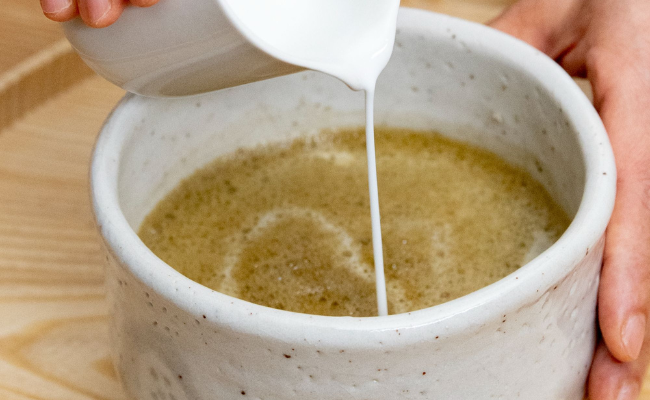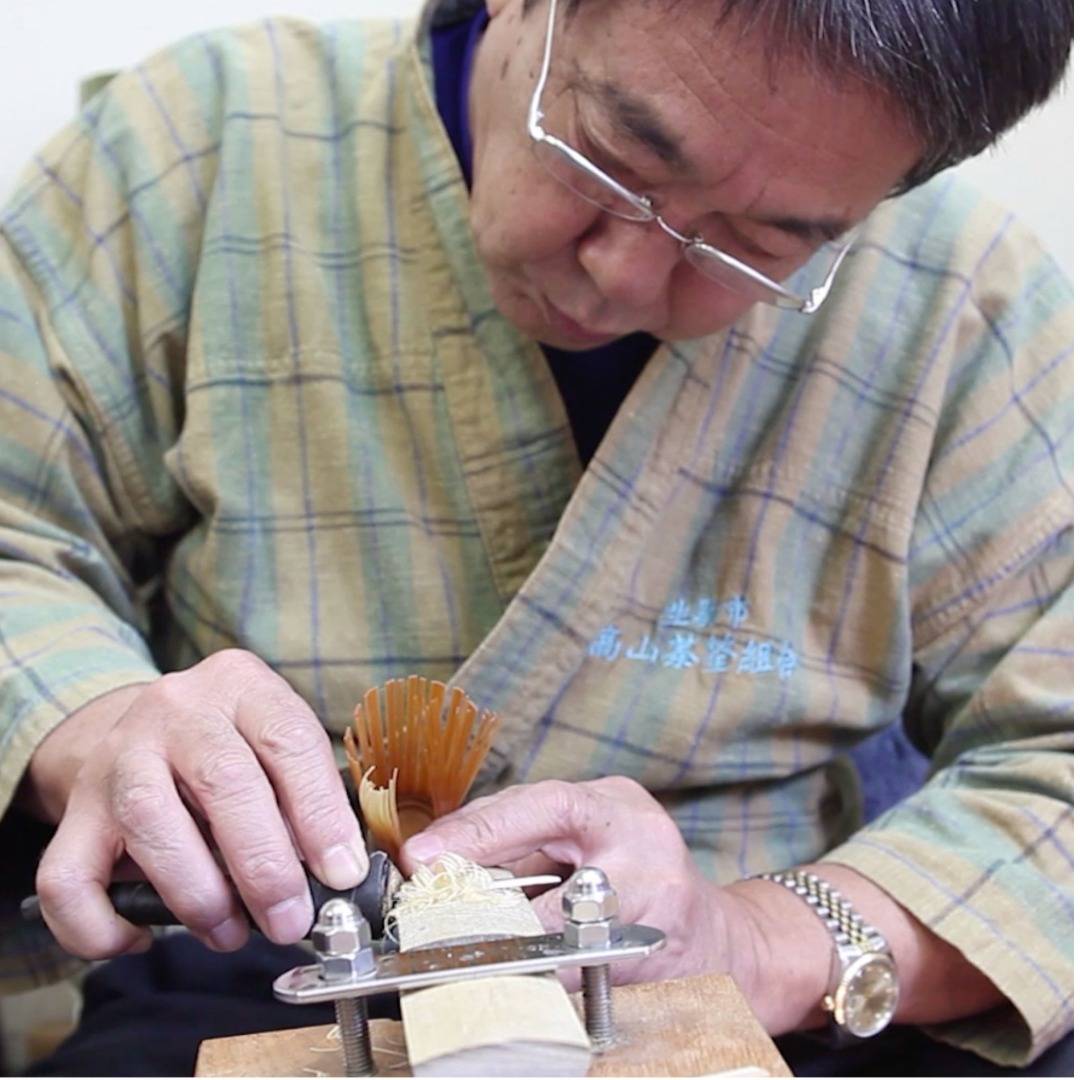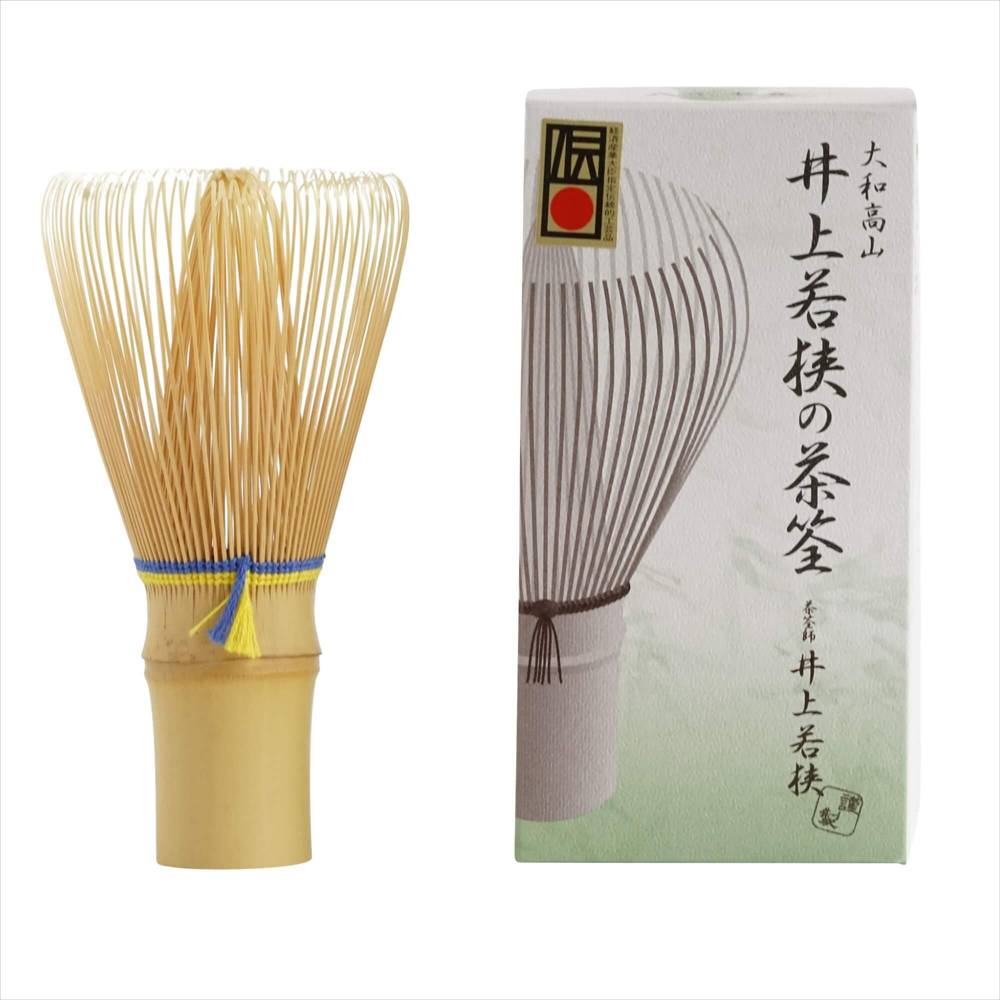TASTE FUKAMUSHI SENCHA - SATION
Fukamushi Sencha packs a bold, rich and sophisticated taste that, once experienced, won’t surprise you why it’s one of the most popular tea varieties in Japan - and has so many converts throughout the rest of the world.
If you speak Japanese, the key to unlocking that unique taste is in the name. Fukamushi Sencha literally means “deep steamed tea”.
WHY IS GREEN TEA STEAMED AFTER PICKING?
Steaming all freshly harvested Camellia Sinensis tea leaves in purpose-built vats for 30 to 40 seconds is a standard practice that stops fermentation and, importantly for green tea, oxidation.
The longer a tea leaf oxidises the more it will change colour and the chemical make-up that changes its flavour - in short, if you steam freshly plucked leaves you’ll have a green tea, if you forego the process then, eventually, you’ll have darker leaves for darker teas like oolong or black tea.
HOW IS FUKAMUSHI SENCHA MADE?
Considering the millennia long history of tea production in Japan, Fukamushi Sencha is a new kid on the block. During the 1950s and 60’s tea farmers - especially in the shadeless, sun-soaked flatlands found in some parts of the Shizuoka region where - experimented with steaming times in order to extract as much quality, and uniformity of taste, from leaves that hardened in the heat of the sun.
Fukamushi Sencha is steamed by the farmers for at least twice the length as normal sencha - 60 to 100 seconds - and it’s that that makes all the difference to the taste and colour of the tea.
The steaming process also speeds up the extraction of all those flavours when it comes to being brewed, either using hot water or simply infused in cold water.
IS MY FUKAMUSHI SENCHA MEANT TO LOOK LIKE THAT?
During production, the extra steaming of the fresh tea leaves softens them to the point of pulp.
Then, after being thoroughly dried by rolling, the pulped leaves become brittle and quite powdery - it’s not a particularly elegant look. In fact, newcomers opening their first packet of Fukamushi Sencha ordered from us might be concerned that they’ve been delivered a poor batch of dusty-looking tea from the bottom of the barrel.
Fear not - it really is meant to look like that and we promise, it’ll taste amazing.
There’s another benefit, too; brewing it from powder, and sipping up the tiny particles floating in the tea, means the drinker is ingesting more of the tea’s multiple nutrient benefits than they would drinking regular green tea.
IS FUKAMUSHI SENCHA GOOD FOR YOU?
Fukamushi Sencha's arsenal of health-giving nutrients is impressive.
Chief among them are the powerful antioxidant Catechins, proven as useful in our body’s daily fight against cholesterol, high blood pressure and - some research indicates - preventing tooth decay and aiding weight loss.
In addition, each sip you take is swirling with other vital nutrients like zinc, magnesium, copper, vitamin E and Beta-Carotene.
Most Fukamushi Sencha is created from the Yabukita (read about their remarkable story on our blog Yabukita) - or Tsuyuhikari cultivars which are generally harvested up to four times a year.
Taste-wise the quality is uniform and dependable but there’s a school of thought that argues first harvest teas will be the most nutrient-packed.
The reasoning is that tea leaves create and store up nutrients during the winter months - by the time of the first Spring harvest they’ll be bursting with the good stuff. Each subsequent harvest obeys the laws of diminishing returns.
Those slightly bitter-sweet ‘grassy’, notes common with normal Sencha green tea are much reduced by the steaming and result in a vibrant, almost luminous, green liquid, a fuller flavour with a melody of umami notes, a creamy sweetness, and - unusual as it sounds - a thicker mouthfeel.
HOW TO BREW FUKAMUSHI SENCHA
Because of that extra time languishing in the steam, Fukamushi
Sencha is much quicker to brew than ordinary sencha. The tea will ‘re-pulp’ when water is added so it’s best to use a teapot that has a fine filter to prevent the leaves from clogging the spout.
For a pot of hot Fukamushi Sencha to serve two people:
Add four or five grams of the tea to your pot
Pour in approx 200ml hot water (not boiling - let your water cool to around 75-85C)
Let it steep for around 30 - 40 seconds.
Pour and enjoy.
To cold-brew your Fukamushi, and get the best of those sweet/savoury tones on your tastebuds, use soft water, if available or water that’s been through a water filter jug.
Cold-brew teas need longer to steep.
Half an hour to an hour works, but up to and over eight hours is best, so it might be worth your while to make a larger batch - with an extra measure of the tea to taste - and keep overnight in the refrigerator ready for a delicious start to the day.



